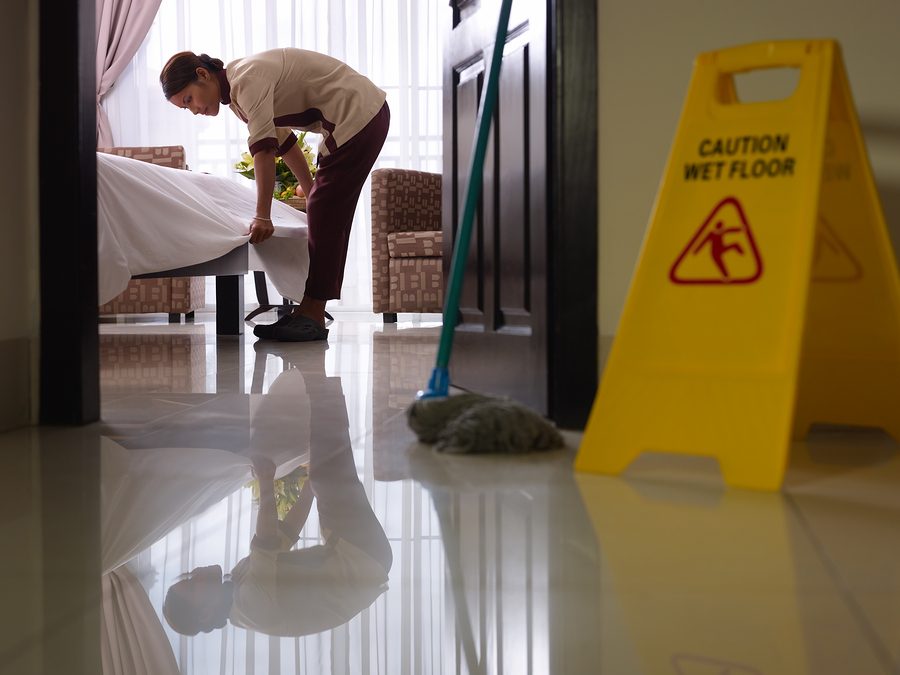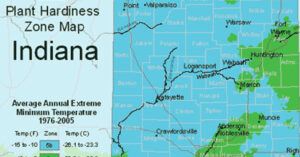
Asian maid tidying up bed and cleaning luxury hotel room
Introduction:
A crawl space might not be the most glamorous part of a home, but its condition can significantly impact the overall health and integrity of the house. Often neglected, crawl spaces are susceptible to moisture, mould, and pest infestations, leading to a range of problems such as structural damage, poor indoor air quality, and increased energy bills. In areas like Greenville, where environmental factors can exacerbate these issues, investing in crawl space encapsulation is crucial. Crawl space encapsulation in Greenville is emerging as the ultimate solution to these problems, providing homeowners with a way to transform their crawl spaces into clean, dry, and healthy environments tailored to the specific challenges of the region.
Understanding Crawl Space Encapsulation:
Crawl space encapsulation involves sealing off the crawl space from the outside environment to create a controlled environment underneath the home. This process typically includes:
Moisture Control: One of the primary objectives of crawl space encapsulation is to prevent moisture from entering the space. This is achieved by installing a vapour barrier, usually made of thick polyethylene material, across the floor and walls of the crawl space. This barrier acts as a shield against ground moisture, preventing it from seeping into the crawl space and causing problems such as mould growth, wood rot, and musty odours.
Air Sealing: In addition to controlling moisture, crawl space encapsulation also focuses on sealing off any openings or gaps that allow outside air to enter the crawl space. This is done to prevent humidity from infiltrating the space and to improve energy efficiency. Common air sealing measures include sealing vents, installing foam insulation on walls and rim joists, and sealing gaps around pipes, ducts, and other penetrations.
Temperature Regulation: By creating a sealed and insulated environment, crawl space encapsulation helps to regulate temperature fluctuations in the crawl space. This can prevent pipes from freezing in cold weather and reduce the workload on HVAC systems, leading to energy savings and improved comfort throughout the home.
Benefits of Crawl Space Encapsulation:
The benefits of crawl space encapsulation extend far beyond the crawl space itself. Some of the key advantages include:
Improved Indoor Air Quality: By preventing moisture and mould growth, crawl space encapsulation helps to create a healthier indoor environment by reducing the presence of allergens and airborne pollutants.
Enhanced Structural Integrity: Moisture and humidity can wreak havoc on a home’s structure, leading to wood rot, corrosion, and even structural collapse. Crawl space encapsulation protects against these issues, prolonging the lifespan of the home’s foundation and structural components.
Energy Savings: A sealed and insulated crawl space reduces the workload on heating and cooling systems, resulting in lower energy bills and increased energy efficiency.
Pest Control: Sealing off the crawl space prevents pests such as rodents, insects, and snakes from entering the home, reducing the risk of infestations and damage.
Increased Home Value: Crawl space encapsulation is an investment in the long-term health and integrity of the home, which can increase its resale value and appeal to potential buyers.
Conclusion:
Crawl space encapsulation offers homeowners a comprehensive solution to common crawl space problems, providing a dry, clean, and healthy environment beneath their homes. By controlling moisture, improving indoor air quality, and enhancing energy efficiency, encapsulation can have a significant impact on the overall comfort, safety, and value of a home. For homeowners looking to protect their investment and create a healthier living environment, crawl space encapsulation is indeed the ultimate solution.


